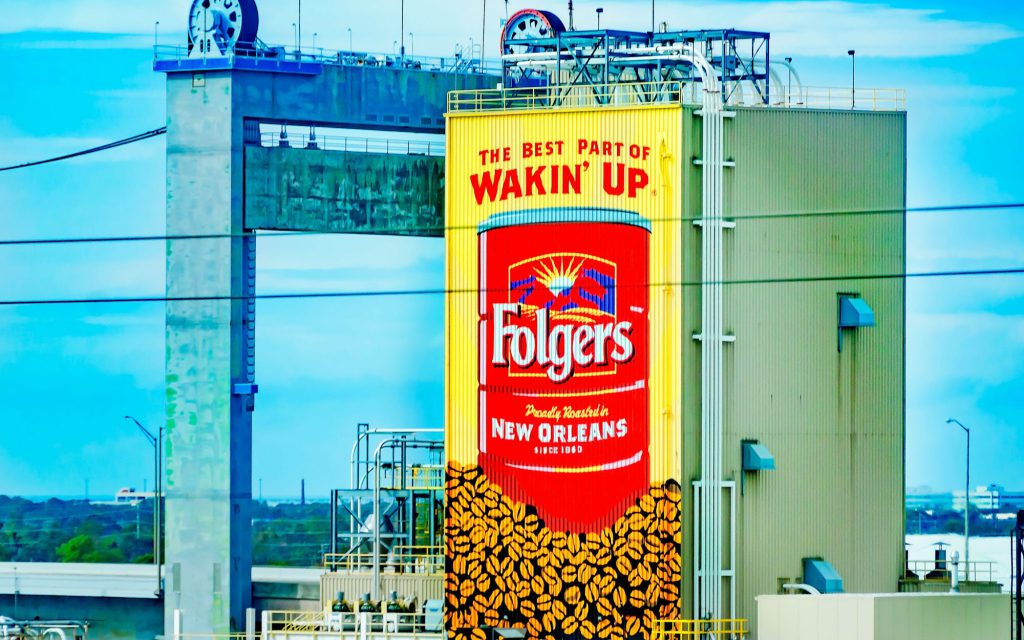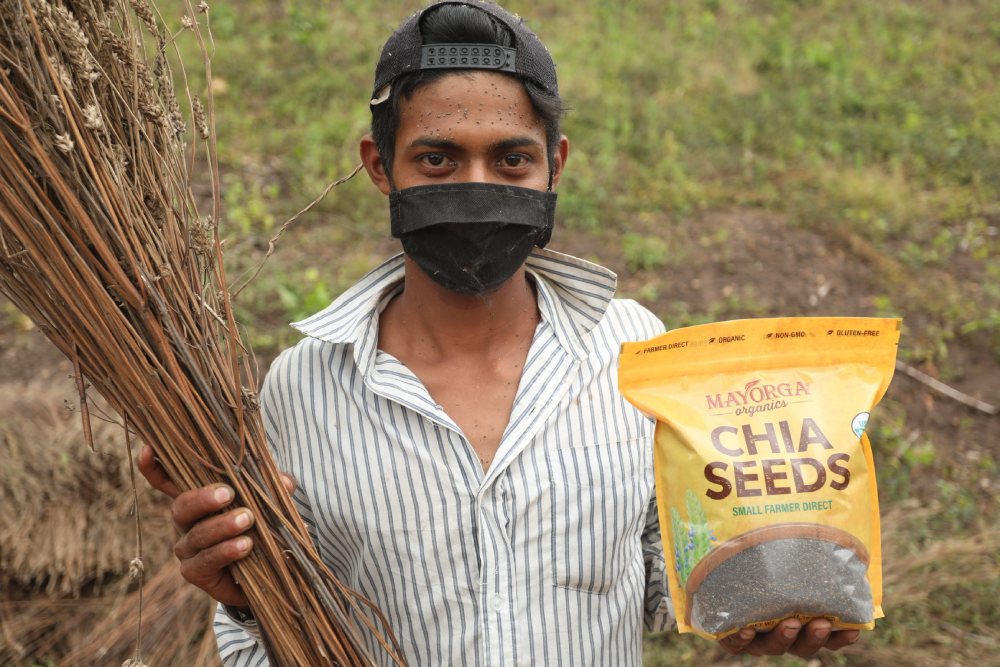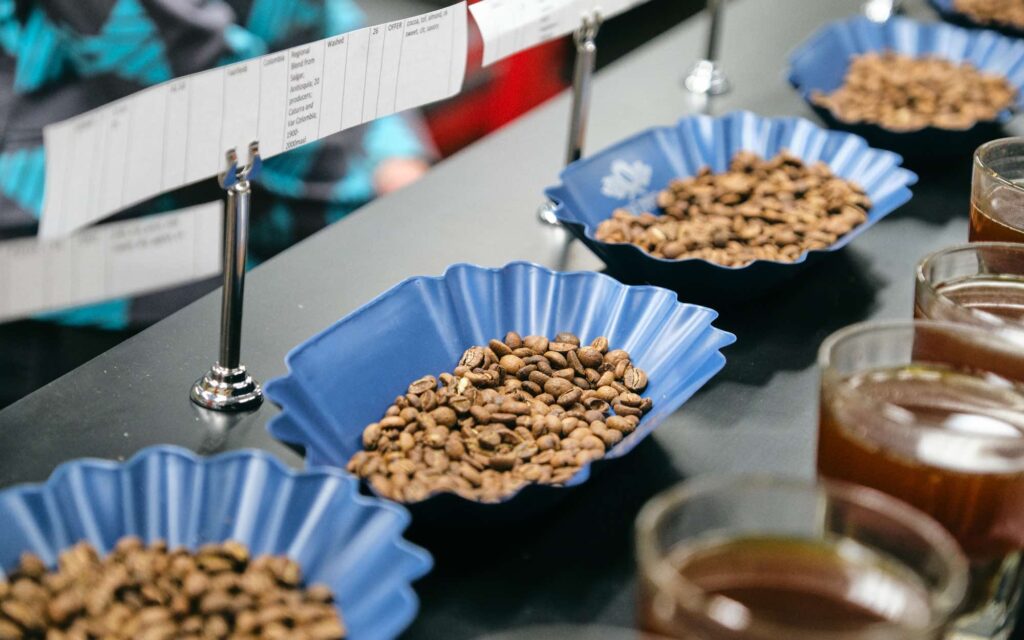Congress considers new bill to protect coffee supplies

A new United States bill set to spearhead research into coffee diseases is up for consideration in Congress. GCR explains.
Big moves are afoot for the coffee industry in Washington’s corridors of power.
If campaigning goes to plan, this year or next, lawmakers on Capitol Hill will vote on a proposed coffee bill in Congress.
Called the Coffee Plant Health Initiative Amendments Act (CPHIAA), the bill updates an existing law introduced back in 2014 at the U.S. Department of Agriculture (USDA) and is designed to speed up research into crop disease threats such as coffee leaf rust (CLR) and coffee berry borer (CBB). It broadly expands the Initiative’s original scope to include all pests, disease and noxious weeds plus research ranging from phenology, to pest management development to genomics.
While the CPHIAA didn’t pass last year, Representative Jill Tokuda of Hawaii has re-introduced it for consideration this year with bipartisan co-sponsors. The goal is to insert it as an amendment to the 2023 Farm Bill which gets reviewed and renewed every five years. The 2018 bill expires in September.
“Congress was focused on elections last year so we were not surprised that the bill stalled out,” says Suzanne Shriner, a second-generation smallholder coffee farmer in South Kona, Hawaii who directs the Synergistic Hawaii Agriculture Council (SHAC), which has been leading the push for CPHIAA. “This is a ‘Farm Bill’ year and the timing’s better.”
Dr Jennifer “Vern” Long, CEO at World Coffee Research (WCR) agrees and is hopeful that given this timing, the CPHIAA will be seen as “a no-brainer” to include.
“However, there are a lot of people competing for Congress’ attention right now, so we can’t take for granted that they’re hearing us. That’s why we’ve mobilised so many WCR member companies to reach out to their legislators to let them know about this bill and our hopes for it to pass,” Long tells Global Coffee Report. “We’re grateful for Representative Tokuda’s leadership on the CPHIAA given her strategic role on the House Agriculture Committee, one of the two committees responsible for the new Farm Bill; that increases the chances of it being considered and included. Ideally, the CPHIAA would pass this year and we could move on to working with USDA to fund coffee agriculture in line with the new language. If it doesn’t pass, we’ll be back at it next year. This issue isn’t going away.”
Long points out that it’s also part of a larger advocacy agenda. “CPHIAA is only one small brick in the fortress we need to build to protect coffee. It’s a really important piece of legislation and we will work tirelessly to help get it passed, but it’s just one small part of a bigger and more urgent commitment the industry and the public sector need to make to secure the future of coffee,” she says.
There’s a lot riding on that future. The CPHIAA – designed to help maintain supply routes for the US$225 billion United States coffee sector that 1.6 million US jobs rely on – is tailored as a safety net for growers in Hawaii and Puerto Rico who supply the lucrative specialty coffee market in the US, as well as growers in low-income countries who are particularly vulnerable to pests and disease.
Beyond the benefit to Hawaiian growers and all who purchase their coffees, is a wider gain, according to Long, as the research that flows from CPHIAA will be relevant to growers in many parts of the world. For example, she says pretty much all US coffee businesses – coffee roasters, importers, retailers, and restaurants – rely on coffee grown outside the US, and the same is true of many other consuming countries. As well, she notes solutions for coffee leaf rust in Hawaii, including when and how to best apply fungicides and fertilisers, can help address similar challenges coffee farmers in Latin America are facing, reducing supply risk to any coffee business that buys coffee from the region.
It’s not only coffee businesses that will profit, either. Last year, US sugar growers and the dairy industry joined in supporting CPHIAA. After all, when coffee does well and grows, so do the folks who supply and sell milk and sweeteners.
Although not yet enacted as a bill, the Initiative must pass both houses of Congress before it goes to the President for consideration. According to William Murray, President and CEO of the National Coffee Association (NCA), the fact that the bill is set to go before Congress in 2023 reaffirms the industry’s contribution to national wealth.
“More Americans (66 per cent of adults) drink coffee each day than any other beverage. As agricultural research and development plays a key role in the future of America’s favourite beverage, NCA urges Congress to advance legislation that prioritises coffee as a key contributor to Americans’ daily lives, farmers’ livelihoods, and the US economy,” Murray said in a press statement.
The Aloha State
Despite Hawaii being a “very expensive” place to grow coffee due to US labour laws and high land use costs, SHAC’s Shriner says the Kona brand has thrived because of the reputation of the Typica variety with its mild acidity, chocolate notes and sweet aftertaste.
Unfortunately, pesky coffee leaf rust also has a preference for Typica. The region was ravaged by yield loss in 2022. As the industry moves towards replacing crops with resistant varieties, Shriner says growers and consumers must partner with plant breeders to ensure flavour profiles are acceptable, cup quality is high, and yields are economically sustainable.
“Variety development thus far has largely prioritised yields or resilience challenges such as drought,” says Shriner, “however, we know the market demands flavour and quality prioritisation as well, regardless of where the coffee is grown. CPHIAA would create an opportunity for more innovative research in variety development and breeding. This is crucial, as Hawaii’s 1500 farmers only survive if they can sell at the specialty coffee price level.”
For the 2021-2022 crop season, USDA valued Hawaii’s green coffee at US$113 million, and the roasted equivalent at more than US$161.45 million, not accounting for upstream and downstream revenues from increased tourism and ancillary businesses in the coffee belt.
While Shriner says most people are familiar with the iconic Kona region, the regions of Maui, Ka’u and Kauai also hold sway, with more than 1500 farmers across the islands.
“They mirror the global economic reality where farmers carry the risks, yet receive the lowest rewards in the supply chain. Data shows that average Hawaii farm income is below the poverty line, so when a new pest or disease shows up, it can have devastating economic effects,” she says.
Winds of change
Andrew Miller, Founder and partner of Café Imports in Minneapolis, says he is pleasantly surprised to see the work WCR was doing in the legislative arena, especially after witnessing how pests like CBB make coffee nearly unmarketable. “It has been tragic,” Miller says, who through Café Imports, has been importing specialty green coffee from 26 countries since 1993.
He recalls how the 2008-2013 coffee rust outbreak devastated the coffee world, Colombia in particular, adding that it was only plant science that saved farmers.
“If universities in wealthier countries can develop solutions, those can be shared with [financially- disadvantaged] farmers in the rest of the world. This bill is extremely important. That’s why I, and some of my clients, wrote to our Representatives about it. We’re pleased to be a part of this project,” he says.
Although disease is always a threat on the horizon, WCR’s Long remains optimistic.
“We’re currently working on an analysis of the gap of investment in research and how much the global coffee industry needs to secure the future of coffee. The main takeaway for now is that everyone has a role to play – it’ll require investment from both the public and private sectors across multiple countries, not just the US,” she says.
“Lack of investment, which has led to a crisis of innovation in coffee agriculture, is one of the biggest threats to the coffee industry. Without it, we can’t address challenges like climate change, pests, and disease at the scale and speed needed to overcome them. We’ve already seen how diseases like coffee rust – much like human epidemics – spread rapidly around the world, putting growers out of business and causing supply shocks that affect the global coffee industry. While the US is our biggest case study so far on the power of advocacy for coffee agriculture, we’re looking to expand this to other countries including in Europe. I’m excited for what the future holds given our collective and individual voices on these matters are already making a difference – and what’s possible when even more countries and their coffee industries get involved.”
Shriner shares that excitement, adding that Hawaii coffee is in the midst of an existential change, brought about by CLR.
“The stakes are high, the investment gap is real. On my family’s farm, we’ve been discussing baseline soil and fertiliser research needs for over 30 years. Those foundational issues seem almost quaint now in light of our changing climate and rapidly-spreading disease cycles. But they still exist,” Shriner says. “And while it may seem that Hawaii brands subsist in the rarefied air of specialty coffee, our growers have much more in common with the 12.5 million smallholder farms around the world. But farmers are an inherently optimistic bunch: the rains will come soon, yields will be up next year, and a paragraph of legislation will enact big change. I believe all those things are in coffee’s future.”
This article was first published in the May/June 2023 edition of Global Coffee Report. Read more HERE.
The post Congress considers new bill to protect coffee supplies appeared first on Global Coffee Report.




Responses